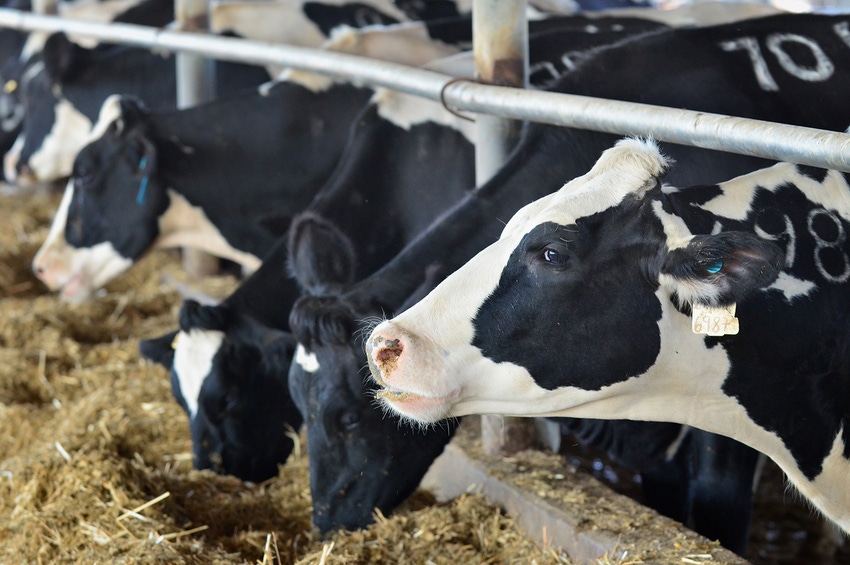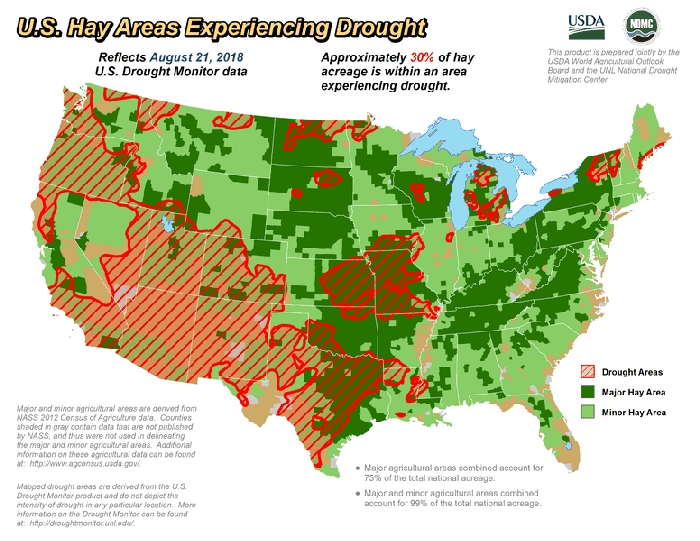Forage situation improves after dry summer
Hay prices remain above a year ago due to tight supplies.

The amount of pasture and range in poor to very poor conditions has declined, according to the U.S. Department of Agriculture’s Sept. 24 “Crop Progress” report. The report showed that 24% of U.S. pastures and rangeland fit the poor to very poor description, down from this year’s peak of 30% earlier this year.
The Livestock Marketing Information Center (LMIC) said almost all of the regions it tracks (the Corn Belt, southern Plains, western, Great Plains, Southeast and Northeast) have shown an improvement in pasture conditions over the last four weeks.
“One of the more dramatic changes has been the southern Plains, which this week fell to under 20% in poor and very poor conditions, compared to a high of 42% earlier this year," LMIC noted.
The exception to improving pastures, it said, has been the western region, which has seen little relief. “Pastures in those states have continued to see deterioration, and for the latest week, poor and very poor conditions increased to 56%," LMIC said. "Correspondingly, the Drought Monitor shows concentrated severe and exceptional drought over the Four Corners region.”
According to LMIC, opportunities for small grain pastures (e.g., winter wheat) are setting up to have a good year. The southern Plains, which experienced a very dry summer, has turned around, with winter wheat planting ahead of the year-ago pace.
“Early planting and quick germination will grant cattle earlier access to those fields and allow for longer grazing without sacrificing harvesting that wheat for grain,” LMIC said. “Time will tell how the forage potential of those pastures will be, but heading into the fall, availability looks to be well above normal.”
Despite the improvements, national hay prices remain above a year ago due to very tight national hay stocks, LMIC noted. Additionally, the quality of hay is an issue in many areas of the U.S. due to the variable weather that occurred during the summer growing season.
“If winter pasture forage deteriorates, expect to pay a hefty premium for quality forage,” LMIC said.

About the Author(s)
You May Also Like


.png?width=300&auto=webp&quality=80&disable=upscale)
